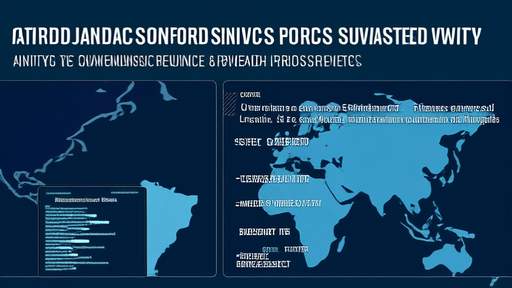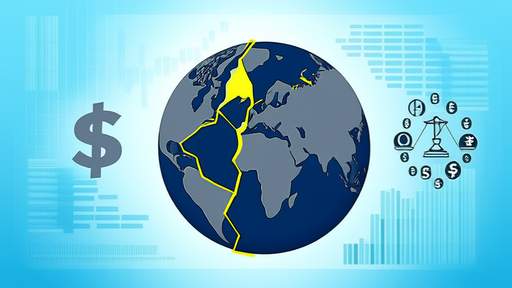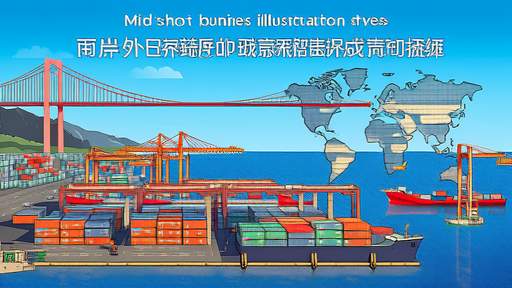The realm of overseas investment is fraught with uncertainties, and political violence stands as one of the most unpredictable risks. Investors operating in volatile regions often turn to political violence insurance to mitigate potential losses. However, the boundaries of what constitutes a valid claim under such policies remain a subject of intense debate. Understanding the nuances of these policies is critical for both insurers and policyholders to avoid disputes and ensure fair compensation.
The Scope of Political Violence Insurance
Political violence insurance is designed to cover losses arising from events such as wars, civil unrest, terrorism, and coups. These policies are particularly relevant for businesses with significant assets in politically unstable regions. The coverage typically includes property damage, business interruption, and in some cases, even forced abandonment of assets. Yet, the devil lies in the details—what one insurer might classify as political violence, another might exclude under a technicality.
For instance, the line between civil unrest and organized crime can blur in certain contexts. If a business is looted during a protest, the claim might be straightforward. But if the same business is targeted by a criminal gang exploiting the chaos, insurers might argue the incident falls outside the policy's scope. This ambiguity often leads to protracted legal battles, leaving policyholders in financial limbo.
Key Challenges in Claim Adjudication
One of the most contentious issues in political violence insurance is proving the causal link between the political event and the loss. Insurers frequently demand extensive documentation to establish that the damage was a direct result of political violence rather than other factors. This burden of proof can be overwhelming for businesses already reeling from the aftermath of an attack or upheaval.
Another challenge is the evolving nature of political violence. Traditional policies were drafted with conventional warfare in mind, but modern threats like cyberattacks or hybrid warfare complicate the claims process. For example, if a state-sponsored hacker disrupts a company's operations, is that an act of political violence? The lack of clear definitions in many policies creates room for disagreement.
Regional Variations and Their Implications
The interpretation of political violence insurance claims often varies by region. In some countries, insurers might adopt a broader definition to accommodate local realities, while in others, they might take a stricter approach. This inconsistency can be particularly frustrating for multinational corporations operating across multiple jurisdictions.
In Latin America, for example, protests and strikes are common, and insurers there might be more lenient in classifying such events as political violence. In contrast, insurers in more stable regions might require irrefutable evidence of state involvement before approving a claim. These regional disparities underscore the importance of tailoring policies to the specific risks of each location.
The Role of Exclusions and Fine Print
Exclusions are another minefield in political violence insurance. Many policies explicitly exclude losses caused by government actions, such as expropriation or regulatory changes. While these exclusions are meant to limit insurers' liability, they can leave policyholders exposed to significant risks. A business might assume it's covered for political violence, only to discover too late that its policy doesn't apply to state-sanctioned seizures.
Similarly, some policies include "waiting periods" before coverage kicks in, leaving businesses vulnerable in the immediate aftermath of a crisis. Others impose sub-limits on certain types of losses, capping the amount payable regardless of the actual damage. These fine-print clauses can drastically reduce the effectiveness of the coverage.
Recent Trends and Case Studies
Recent years have seen a surge in claims related to political violence, driven by increasing instability in many parts of the world. The Arab Spring, for instance, led to a wave of claims from businesses caught in the crossfire of revolutions and crackdowns. More recently, the coup in Myanmar and the war in Ukraine have tested the limits of political violence insurance.
In one notable case, a multinational company operating in Myanmar filed a claim after its facilities were damaged during the military takeover. The insurer initially denied the claim, arguing that the damage resulted from a "lawful government action" rather than political violence. The dispute was eventually settled out of court, but it highlighted the gray areas in these policies.
Best Practices for Policyholders
Given these complexities, businesses must take a proactive approach to political violence insurance. Thoroughly reviewing policy terms before signing is essential, as is seeking clarification on ambiguous clauses. Engaging legal and insurance experts with experience in the target region can also help identify potential pitfalls.
Additionally, maintaining detailed records of assets and operations can streamline the claims process if the worst happens. Businesses should also consider supplemental coverage for risks excluded from standard political violence policies, such as expropriation or currency inconvertibility.
The Future of Political Violence Insurance
As global instability shows no signs of abating, the demand for political violence insurance is likely to grow. Insurers, in turn, will need to adapt their products to address emerging threats and clarify coverage boundaries. Greater standardization across the industry could reduce disputes, but regional differences will likely persist.
For now, the onus remains on businesses to navigate the complexities of political violence insurance carefully. By understanding the理赔边界 and preparing for potential challenges, investors can better protect their overseas ventures from the unpredictable tides of political turmoil.

By /Jun 3, 2025

By /Jun 3, 2025

By /Jun 3, 2025

By /Jun 3, 2025

By /Jun 3, 2025

By /Jun 3, 2025

By /Jun 3, 2025

By /Jun 3, 2025

By /Jun 3, 2025

By /Jun 3, 2025

By /Jun 3, 2025

By /Jun 3, 2025

By /Jun 3, 2025

By /Jun 3, 2025

By /Jun 3, 2025

By /Jun 3, 2025

By /Jun 3, 2025

By /Jun 3, 2025

By /Jun 3, 2025

By /Jun 3, 2025